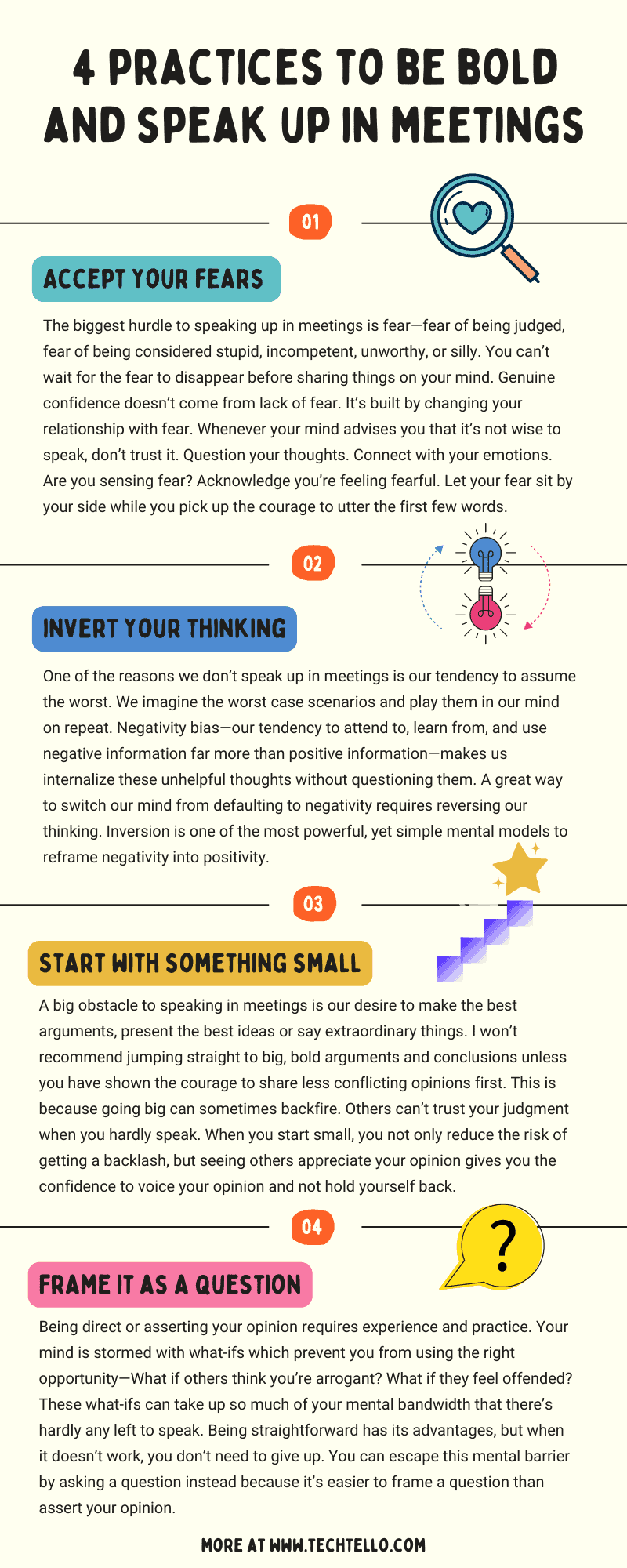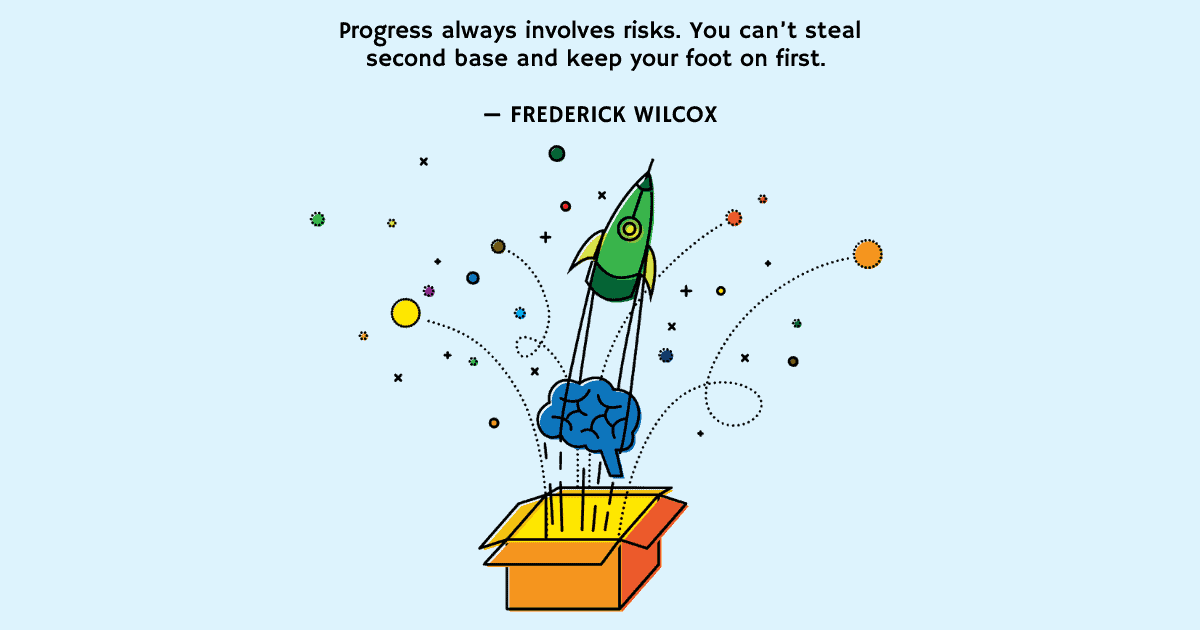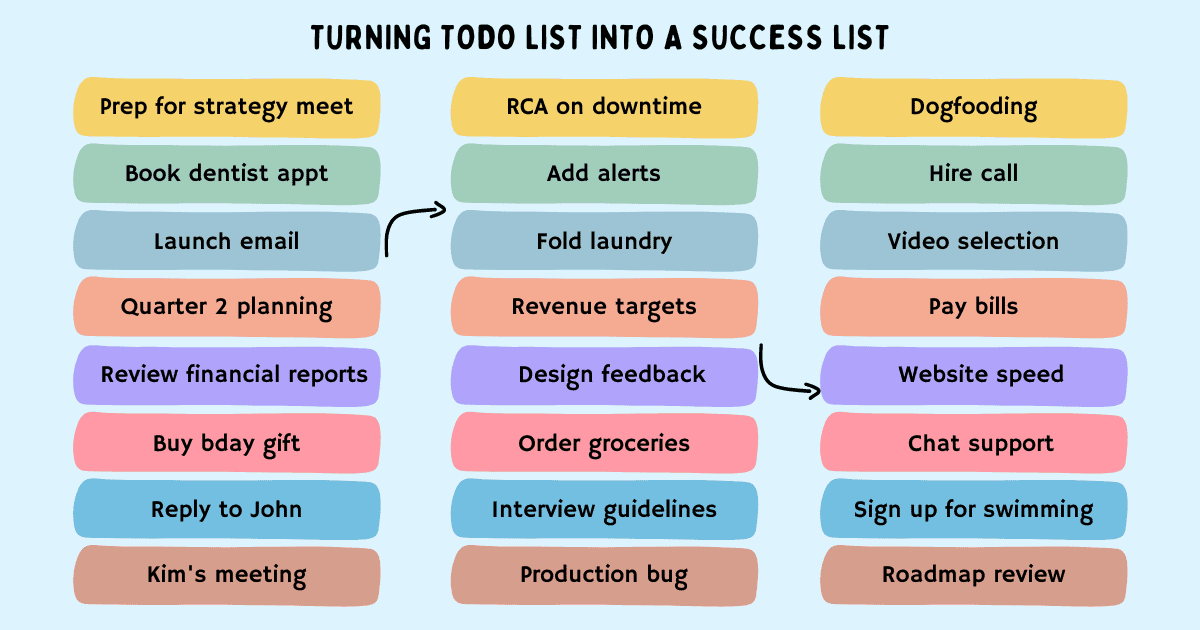How to be Bold and Speak Up in Meetings

Are you bold enough to say what you need to say in a meeting or do you feel knots in your stomach and refuse to speak up?
You may find it hard to share your voice in a meeting because of these limiting beliefs:
What if they think my idea is stupid?
I don’t have anything valuable to say.
It’s only half-baked.
Others have better ideas.
It’s better to keep quiet than sound foolish.
Being able to speak up on the spot is a very valuable skill. Sharing your perspective or contributing to the discussion even in small ways not only projects confidence, it also builds credibility.
But how do you find the courage to do so when your heart starts racing at the thought of uttering even a few words? How can you say something that can potentially make you appear silly, feel embarrassed or look incompetent?
Human beings are programmed to suppress negative emotions as a means of self-protection. This makes you naturally avoid anything that may feel unsafe. Speaking up in a meeting is not a real threat, but your brain incapable of distinguishing between a real and perceived threat treats it like one. Desire to avoid the negative emotion makes you stay silent as opposed to voicing your opinion.
Giving power to circling negative thoughts in your mind refrains you from contributing and sharing your valuable ideas and opinions. Staying silent inhibits you from making meaningful contributions to your team and organization.
Brené Brown says in Daring Greatly “Vulnerability is not weakness, and the uncertainty, risk, and emotional exposure we face every day are not optional. Our only choice is a question of engagement. Our willingness to own and engage with our vulnerability determines the depth of our courage and the clarity of our purpose; the level to which we protect ourselves from being vulnerable is a measure of our fear and disconnection.”
Embrace vulnerability. Put your guard down. Staying silent makes you invisible while speaking up is powerful as it gives you a voice. Sharing your thoughts enables others to connect, communicate and collaborate with you. It builds confidence.
Try these 4 practices to speak up in meetings:
Accept your fears
The biggest hurdle to speaking up in meetings is fear—fear of being judged, fear of being considered stupid, incompetent, unworthy, or silly.
You may be fearful because you’re new to the organization, less experienced or may think your ideas are so small that they can never influence the decision. Fear can also show up when you’re part of an important discussion where there’s more at stake and you don’t feel confident about your ideas, knowledge or competence.
Whatever the reason, you can’t wait for the fear to disappear before sharing things on your mind. Genuine confidence doesn’t come from lack of fear. It’s built by changing your relationship with fear or as Russ Harris puts it in The Confidence Gap “The actions of confidence come first; the feelings of confidence come later.”
Instead of waiting for confidence to speak, speak to build confidence. When you act like the person you wish to become, your mind tunes to this new reality. Speaking up in meetings which earlier appeared daunting will soon become second nature—it will turn into a habit.
Whenever your mind advises you that it’s not wise to speak, don’t trust it. Question your thoughts. Connect with your emotions. Are you sensing fear? Acknowledge you’re feeling fearful. Let your fear sit by your side while you pick up the courage to utter the first few words.
Invert your thinking
One of the reasons we don’t speak up in meetings is our tendency to assume the worst. We imagine the worst case scenarios and play them in our mind on repeat.
Negativity bias—our tendency to attend to, learn from, and use negative information far more than positive information—makes us internalize these unhelpful thoughts without questioning them.
A great way to switch our mind from defaulting to negativity requires reversing our thinking. Inversion is one of the most powerful, yet simple mental models to reframe negativity into positivity.
When trying to speak up in meetings, our natural mode of thinking looks for answers to:
- How can I avoid looking stupid?
- What if no one likes my idea?
- Why would anyone care about my opinion?
- Isn’t it safer to stay silent than say things that don’t make sense?
By inverting our thinking, we can instead ask ourselves:
- I won’t know what others think unless I say it. What can I learn from sharing my views with others?
- It’s ok for others to disagree or not like my idea. How can I use this information to improve the way I think or make decisions?
- Others can only value my opinion when I speak my mind and share my honest opinions. How can I slowly add value to these discussions?
- I may not have the complete information or the best idea, but even if there’s a small chance it can be useful to my team, I am responsible to share it and not hold myself back. How can my idea help my team?
This form of reverse questioning can help us break our default thinking pattern and shift from spiraling downwards in negativity to lifting upwards with positivity.
Inversion is a powerful tool to improve your thinking because it helps you identify and remove obstacles to success.
— Shane Parrish, The Great Mental Models
Start with something small
A big obstacle to speaking in meetings is our desire to make the best arguments, present the best ideas or say extraordinary things.
But coming up with great things to say is not always easy and they aren’t the only way to contribute. Sometimes even a simple observation, an honest opinion or your curiosity to understand more can give way to a powerful conversation and enable better decision making.
I won’t recommend jumping straight to big, bold arguments and conclusions unless you have shown the courage to share less conflicting opinions first. This is because going big can sometimes backfire. Others can’t trust your judgment when you hardly speak.
However, when you start small, you not only reduce the risk of getting a backlash, but seeing others appreciate your opinion gives you the confidence to voice your opinion and not hold yourself back.
Ryan Holiday says in The Obstacle is the Way “We are A-to-Z thinkers, fretting about A, obsessing over Z, yet forgetting all about B through Y.” Starting small enables you to take those steps from B to Y instead of one giant leap from A to Z.
To start small, look for small opportunities in the meeting when you can speak. Can you ask them to share more data on their conclusion? Can you state your observations? Can you show your support? Can you appreciate their insights? Can you seek clarifications? Can you reframe the problem? Can you make a small suggestion?
Remember though, don’t try to put others down, act mean or belittle them in any way. Your voice should be seen as lifting others up, not putting them down. Even if you disagree with their view or their decision, do so respectfully—state your rationale, politely share your disagreement and ask for their opinion.
Only when others see you making meaningful contributions to their discussion, will they seek your opinion next time around.
Frame it as a question
You have embraced your fears, you have reframed it as an opportunity to learn and you’ve decided to start small. But you may still find yourself unable to speak in a group setting.
That’s because you may still be missing one crucial element—being direct or asserting your opinion requires experience and practice. Your mind is stormed with what-ifs which prevent you from using the right opportunity—What if others think you’re arrogant? What if they feel offended?
These what-ifs can take up so much of your mental bandwidth that there’s hardly any left to speak. Being straightforward has its advantages, but when it doesn’t work, you don’t need to give up. You can escape this mental barrier by asking a question instead because it’s easier to frame a question than assert your opinion.
For example:
Instead of: This will never succeed.
Say: In which ways can this fail?
Instead of: I suggest we do “…”
Say: I have an idea on how we can approach it. Would you like to hear it?
Instead of: This is incomplete data. We can’t rely on it.
Say: What additional data can help us make a better decision?
Instead of: I don’t agree with you.
Say: Can I share a different opinion on it?
A question puts you in a positive light—curious, thoughtful and attentive. It doesn’t need much preparation and is definitely less risky. Reframing what you need to say in the form of a question also makes others more receptive. They can disregard a statement, but a question can’t be easily ignored or avoided.
Sometimes the best advice you can offer are questions. Questions make way for clarity.
— Chinonye J. Chidolue
Summary
- Silence while often golden is not good when you’re part of a discussion and need to speak up.
- Not sharing your thoughts, ideas and opinions prevents you from making meaningful contributions to your team and organization.
- Speaking up is a skill and it can be built with the right practices and experience.
- If fear is preventing you from voicing your opinion, act despite feeling fearful. Doing this often builds new circuits in your brain which makes it easy to speak next time around.
- Instead of letting your brain default to negative thinking, turn it around by using inversion. Reframe speaking up as an opportunity to learn, improve and get better.
- Instead of great things to say, look for small opportunities. Saying small things helps you take the right steps to big, bold arguments.
- If asserting your opinion is intimidating at first, try asking a question instead. Questions don’t involve too much thinking and makes speaking up in meetings less scary.






























